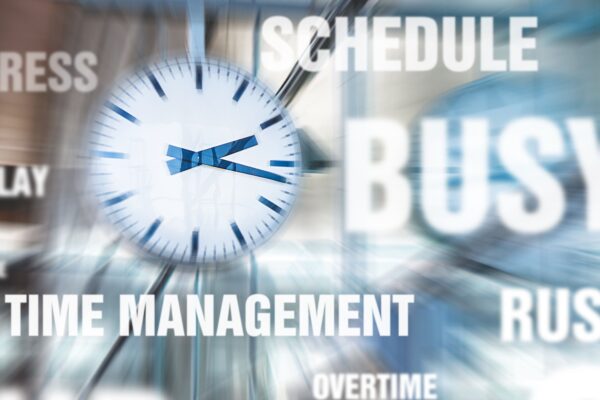If you are over 30, you are losing your balance. Just like our other systems that deteriorate over time, our sense of balance declines in our late twenties. Similar to our cardiovascular and musculoskeletal systems, our balance system will continue to decline unless we exercise and challenge it. However, while cardio and strength training are on everyone’s adult fitness radar, balance training is not. The good news is that it is easy to include exercises in your daily routine to improve your balance. Even better, it doesn’t take sophisticated equipment or much time.
Three mechanisms support the sense of balance: vision, the inner ear and the ability to detect change in the position of your joints. To improve your balance, exercise each system. By standing on one leg and staring at a fixed object, you are using all three mechanisms. Closing your eyes makes it more difficult because it leaves only your inner ear and position sense of your feet, knees and hips to keep equilibrium.
Make a habit of adding balance activities to your daily life. Try attempting to balance on one leg while doing other tasks such as brushing your teeth. Stand on one leg and swing the other leg forwards and backwards while you are waiting for the microwave to finish. Walking heel to toe in a straight line or playing catch while on one leg are other ways to strengthen dynamic balance. If you are at the gym, try one leg standing on a balance disc or board. Work on balance while “resting” between weight sets.
Every year, one out of every 3 adults over 65 has a fall. Some of these falls have severe medical consequences. Spending a few minutes a week can make a difference. Improving overall strength and flexibility also helps maintain equilibrium. Be aware that leg and foot pain can interfere with your ability to balance. Rehabilitation from injury or surgery should therefore include balance and coordination training.
About the Author:
Carol Triest received her Masters degree in Physical Therapy from Stanford University. She has extensive experience in sports related injuries, orthopedics and industrial medicine. Since joining the BaySport family in 1998, Carol has enjoyed helping clients achieve improved functional strength, flexibility and cardiovascular fitness while overcoming physical problems.



